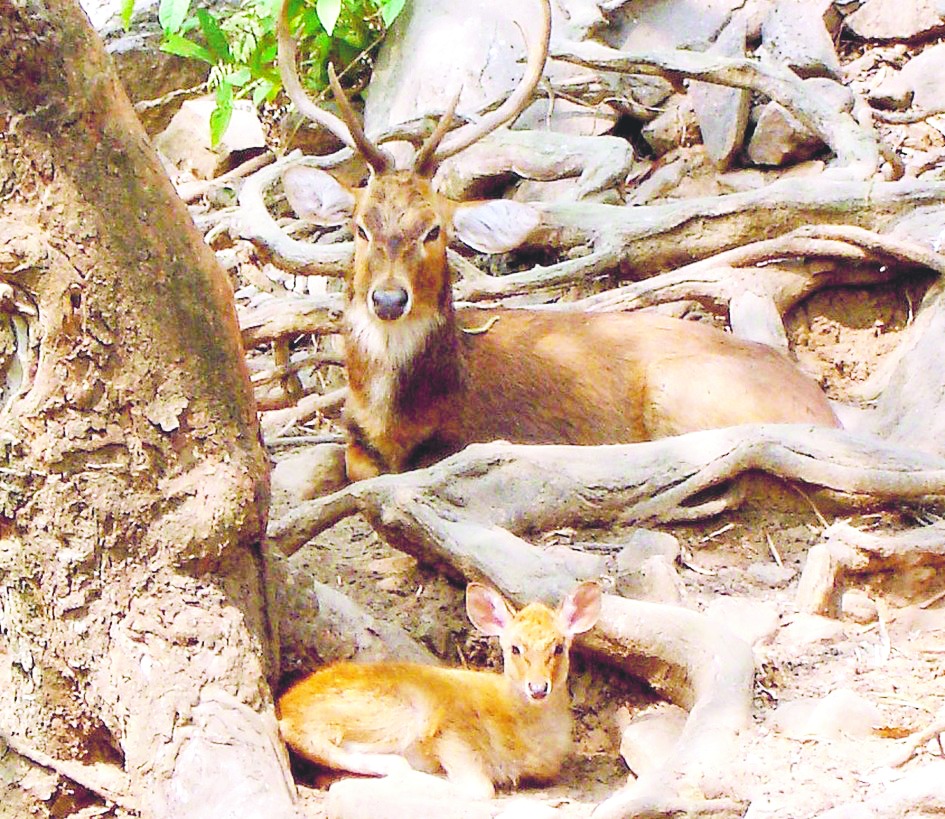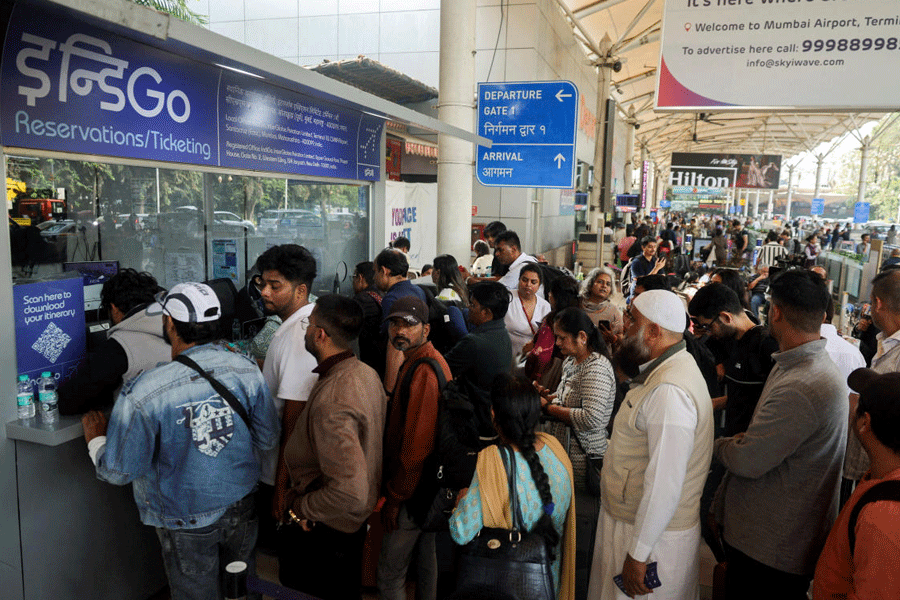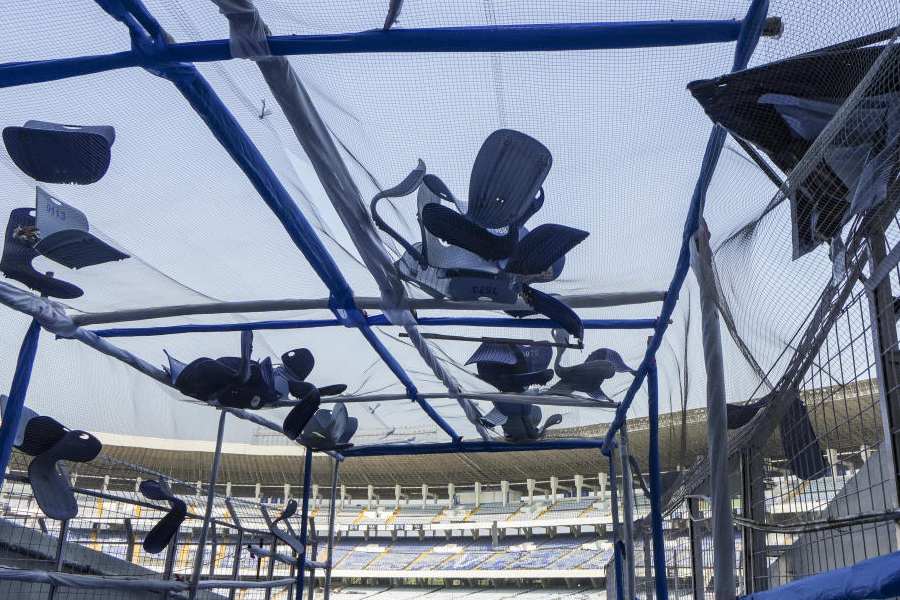
Guwahati, June 26: The "recovery" of sangai, Manipur's brow antlered deer, seems inevitable.
Found only at Keibul Lamjao National Park, it is the only species from the Northeast, which has been included in the Centre-sponsored endangered species recovery programme. The other three are great Indian bustard, Gangetic dolphin and dugong (medium-sized marine mammal).
"Sangai was included from the Northeast as its population is less and is found in only one location. A lot of consultations had taken place and only after that, it was included," the director of Wildlife Institute of India, V.B. Mathur, told The Telegraph.
Once found throughout Manipur, sangai ( Rucervus eldii eldii) is now restricted to the 40 square km area park and has a population of less than 100 in the park. It is listed as "endangered" in IUCN Red List and Schedule I of the Indian Wild Life (Protection) Act, 1972.
The Wildlife Institute of India has prepared a plan to secure long-term survival of sangai after extensive research. The Compensatory Afforestation Fund Management and Planning Authority under the Union ministry of environment, forests and climate change will fund the programme.
The programme will adopt a multi-pronged approach that includes conservation research, technology-aided management support, training and capacity building of the implementing agencies, monitoring population and habitats, stakeholder sensitisation and mobilisation and mitigation of threats in priority habitats.
For strengthening of existing population of sangai in the park, the wildlife institute will monitor its population trend through scientific and genetic methods, set up a veterinary lab and rescue-cum-conservation breeding centre.
"Though the plan is for five years for all the species, some more time will be required for sangai," Mathur said, adding that it is working with the Manipur forest department to get a World Heritage Site status for Keibul Lamjao Conservation Area, which comprises a core area of Keibul Lamjao National Park (40 square km) and Loktak Lake (140 square km) and covers 223 square km.
The institute is looking to establish a second population in the wild, for which a survey for possible reintroduction site and development and demarcation of the site is on. To improve the habitat condition and protection measures, the plan has included construction of anti-poaching camps in areas more vulnerable to poaching as well as resource extraction.










